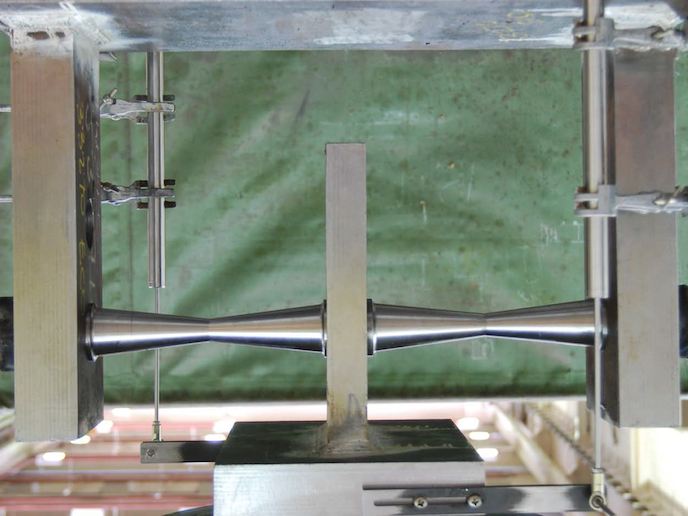New tools to predict and control aircraft core engine noise emission
Reduction of aero engine emissions and noise plays an important role in Europe's target for a greener air transport system. Core noise is potentially a major contributor to the overall noise emitted by low-emission engines. Enhancing understanding of noise generation mechanisms and developing tools to predict and control the irritating and relentless drone of engines was the aim of the EU-funded project RECORD(opens in new window) (Research on core noise reduction). Scientists focused on acoustic sources within the core engine that contribute to the noise, mainly at lower speeds. These included combustion noise and other sounds produced by the interaction between the combustor and the turbine. Combustion noise has been long ignored by engineers and manufacturers. Scientists employed diverse prediction methods for core noise, ranging from low-order modelling approaches to high-fidelity compressible large eddy simulations (LESs). The former helped with low-noise designs of combustors and subsequent turbine stages, while the latter provided a more detailed picture of flow fields. LES was a necessary tool to predict entropy, vorticity and acoustic waves generated by turbulent combustion. Combining LES with other analytical approaches led to new computational methods for the estimation of direct and indirect noise as well as for fast prediction of combustion noise of both premixed and non-premixed flames. New test rigs suitable for combustion noise measurements of both direct and indirect acoustic sources developed by project partners are now up and running. Experimental tests also enabled investigating indirect combustion noise in transonic high-pressure turbine configurations. Project results shed more light on the dominant role of direct and indirect combustion noise in turbojet and turboshaft engines. RECORD's new tools should aid engineers in designing aircraft engines with low combustion noise.







